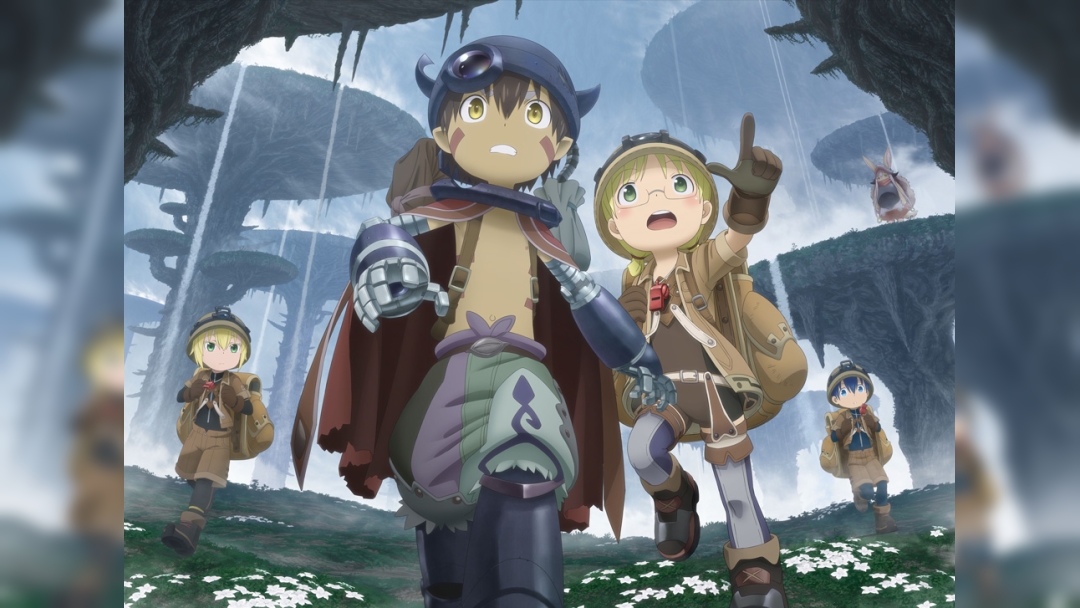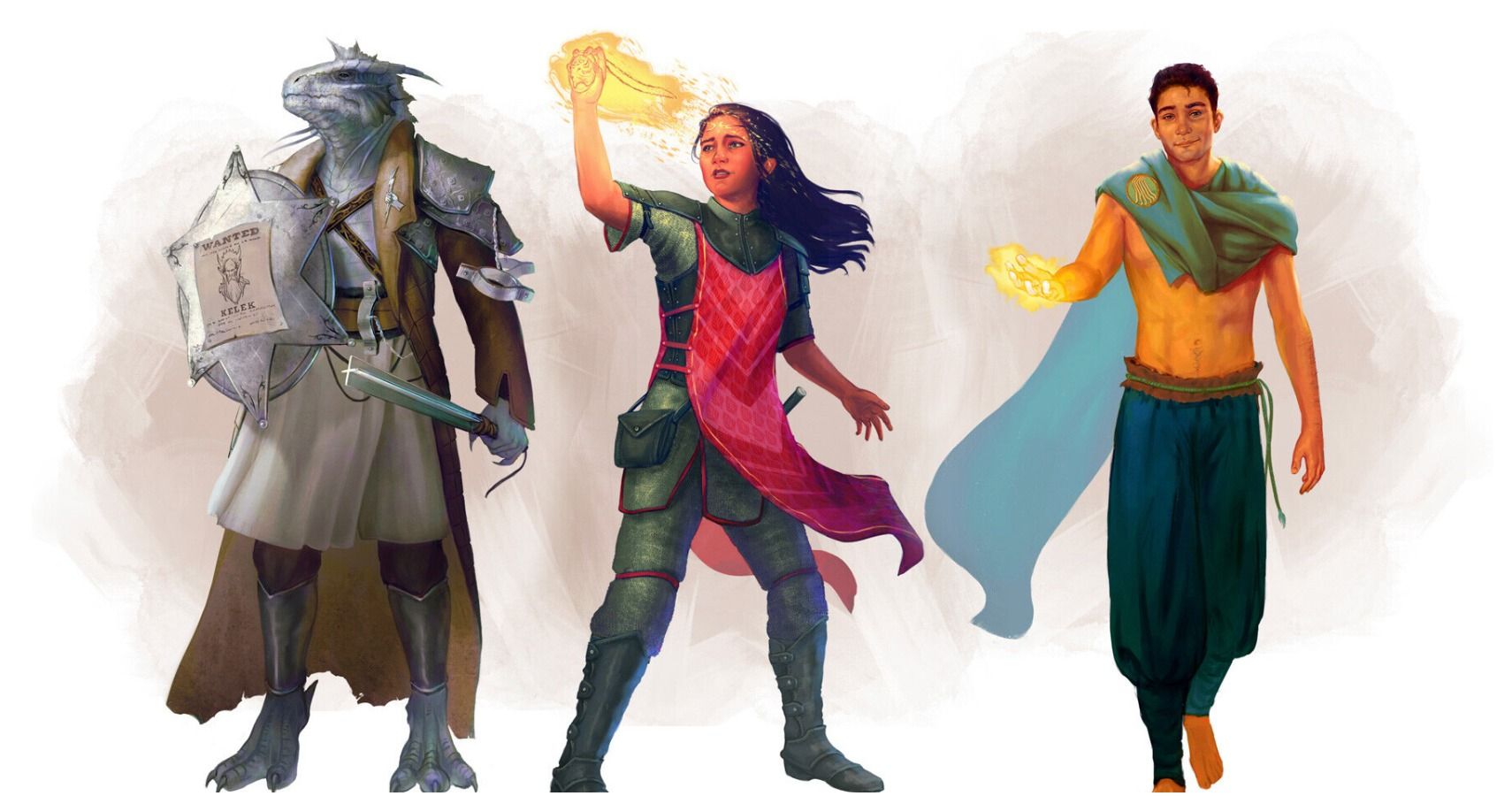
Monks are great if you want to play a speedy melee character that makes a lot of attacks in a single turn. There are also players who appreciate the challenge of playing a melee character without a melee weapon. When tabletop RPGs were new, they focused on warriors with conventional weapons and armor. The game has evolved since then and the Monk is one of the most versatile and complex characters in the D&D universe. Not all monasteries meet the same quality standards, and your backstory might differ. But when it comes to Dungeons & Dragons, some produce much better Monks than others.
Updated on July 13, 2021, by Kristy Ambrose: The Monk is what happens when game creators and players decide to take some unconventional choices, in this case, a melee class that doesn't use weapons. It's just crazy enough to work, and it sure looks great in real life, so it's not a surprise to see the Monk class grow in popularity. There are plenty of supplemental materials in the form of adventure modules, other references materials outside of the D&D Player's Handbook that players and Dungeon Masters alike can use for inspiration. Here are a few more options that have been developed for the love of that contradictory melee class, the Monk.
Way of the Astral Self
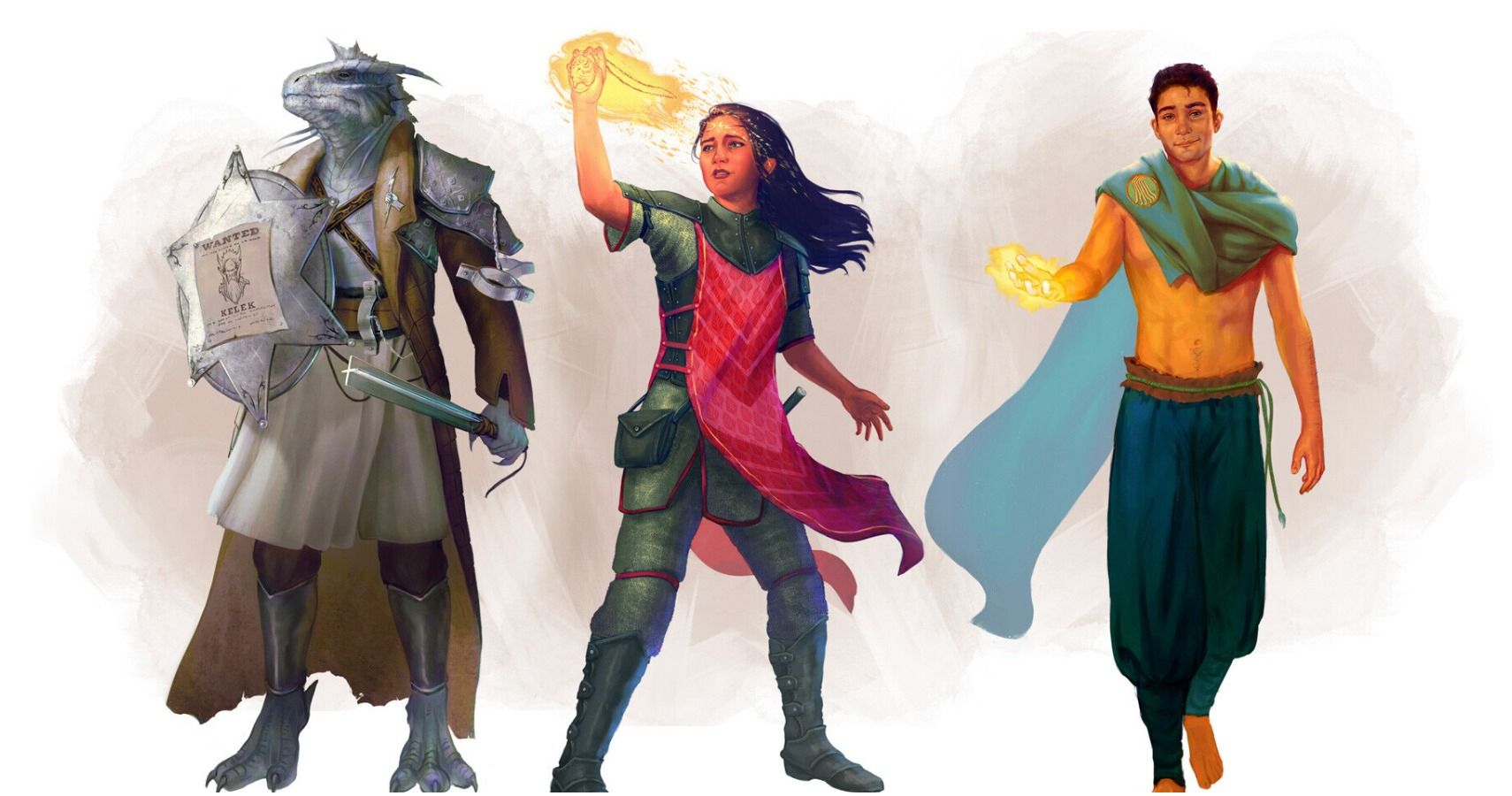
- Source: Tasha's Cauldron of Everything
- Role: Melee Damage
- Noted Features: Channel the power of dragons with your Ki.
- Special Abilities: Arms of the Astral Self, a ten-minute buff that allows the Monk to attack in melee combat several times while avoiding retaliation.
The Monk class can be a complex one to play, and Way of the Astral Self is one of your best possible options because it mitigates that somewhat by utilizing more simple mechanical features. The subclass focuses on melee combat features and strategy, giving Monk characters a chance to experience close combat along with some defensive action.
Awakened Astral Self is a handy ability that stacks with the Haste skill, giving you an extra attack along with a +1 AC bonus.
Way of the Ascendant Dragon
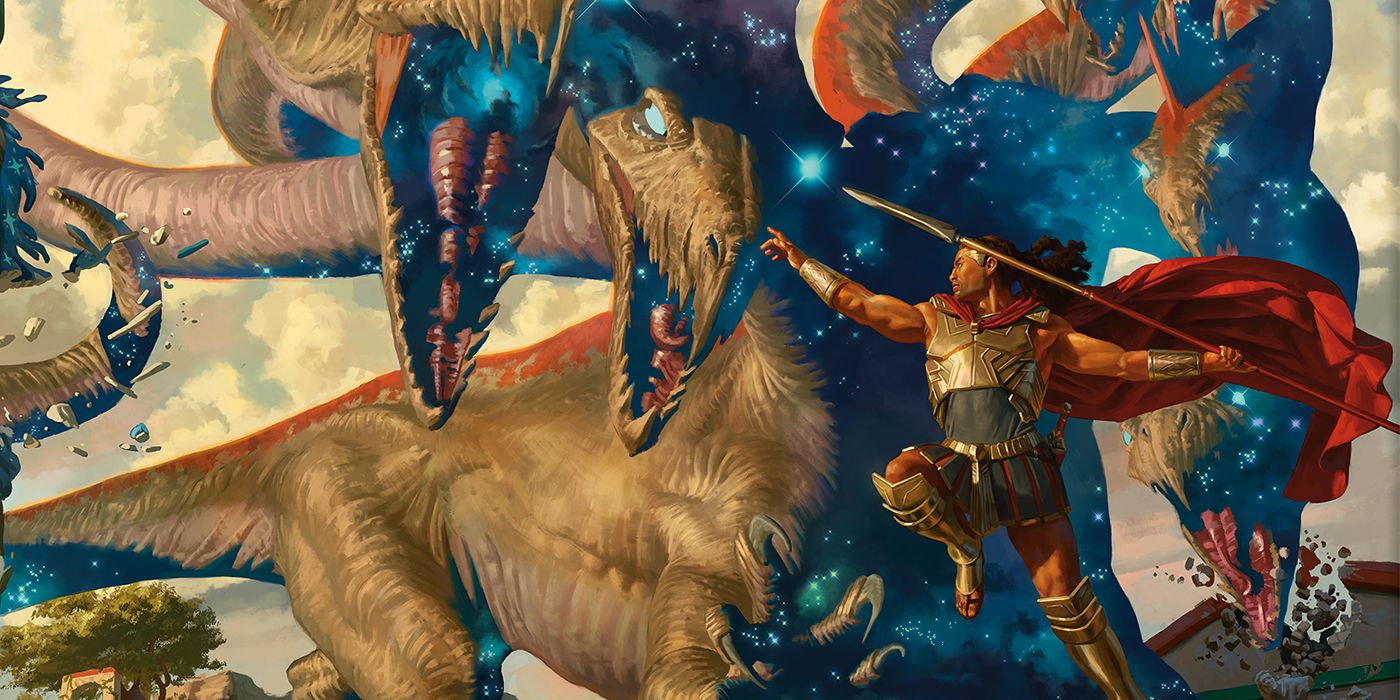
- Source: Unearthed Arcana
- Role: Spellcasting
- Noted Features: Your DM will give you an origin or backstory determined by a roll of 1d6.
- Special Abilities: Draconic Disciple, a 3rd level draconic Ki ability, is just an introduction to your character's power.
For players that are interested in lore and roleplay, it doesn't get much better than the Way of the Ascendant Dragon. Roll a six-sided die to determine how you were inspired to tie your Ki powers to draconic powers. Maybe a dragon personally took an active role in shaping your inner energy or you studied at a monastery that traces its origins to a dragon’s instruction, just to give some noted examples.
As early as level 3, you'll have spells like Draconic Disciple, which uses draconic Ki to give your unarmed strikes the essence of a dragon’s breath and magnifies your presence for the purposes of combat or interrogation.
Way of the Sun Soul
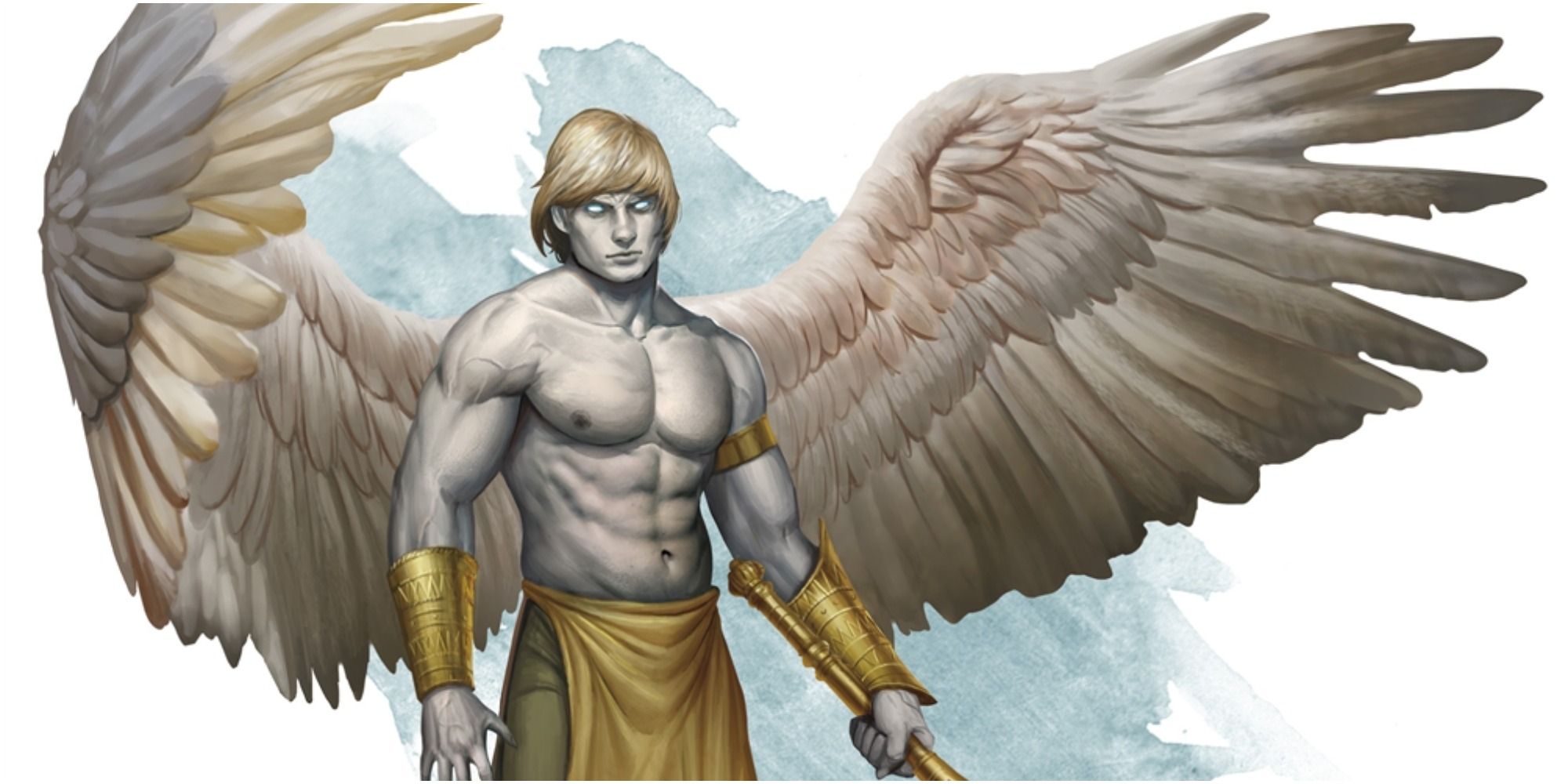
- Source: Sword Coast Adventurer's Guide
- Role: Melee Damage and Spellcasting
- Noted Features: Most abilities don't require Ki
- Special Abilities: Sun Shield, a nice defensive spell, and a ranged option with Radiant Sun Bolt.
One of the most prominent weaknesses of the monk class is the fact that it is almost exclusively a melee class. The Way of the Sun Soul gets around this shortcoming by turning monks into ranged blasters. However, removing such a major weakness would unbalance the class, so the Way of the Sun Soul prevents monks from becoming overpowered by also being costly in terms of ki.
The Radiant Sun Bolt ability basically does the same damage as punching, and lets you use your extra attacks and a Flurry of Blows equivalent to make these ranged magic attacks. However, due to the way the ability is worded, you will not be able to trigger Stunning Strike with these attacks. This is what provides a good majority of combat utility for monks. Your other abilities give you casting options that aren’t necessarily bad but aren’t as useful as other monk subclasses that incorporate magic and cost enough ki that you’ll probably just go back to punching.
Way of the Kensei
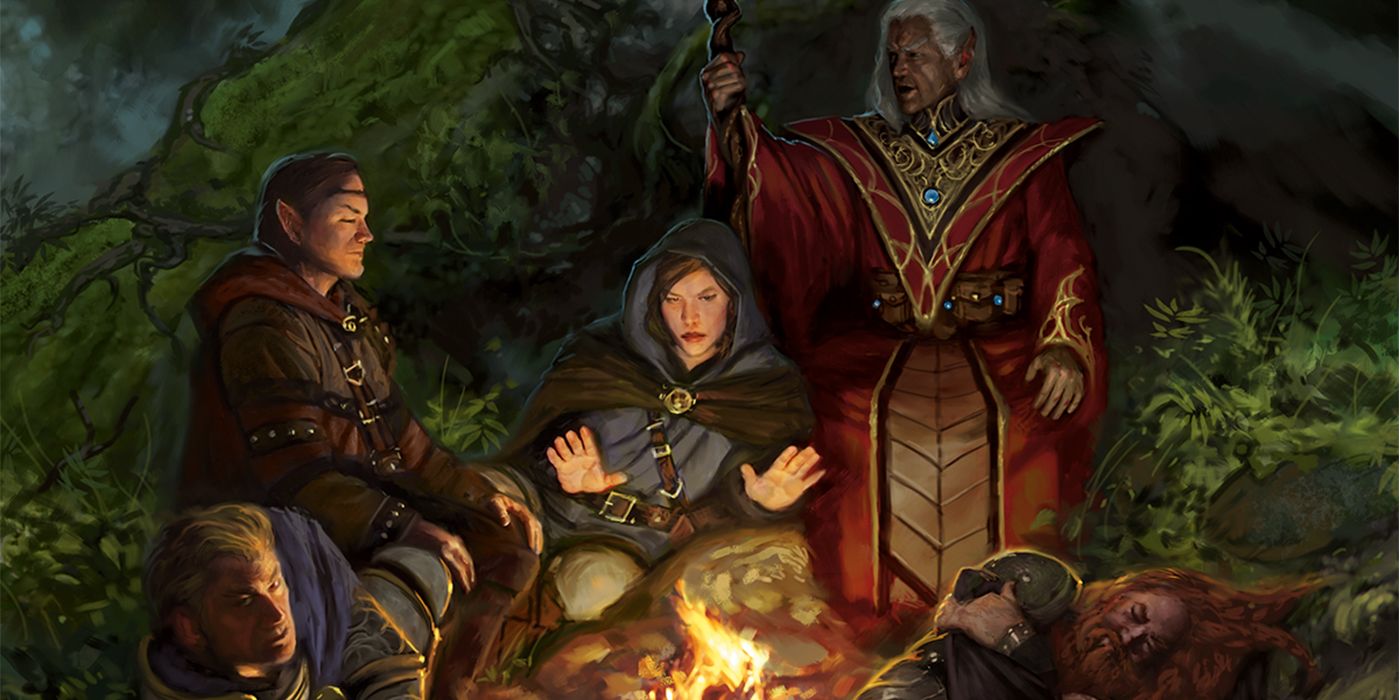
- Source: Xanathar's Guide to Everything
- Role: Melee Damage andSpellcasting
- Noted Features: More options when it comes to weapons
- Special Abilities: Choose between battleax, longsword, or warhammer proficiency.
The Way of the Kensei is another subclass that aims to “correct” one of the fundamental balancing features of the monk class: monk weapons. Monks only have access to a limited selection of weapons, but this subclass opens the door to more options. Of these options, the best ones are longsword-equivalent (1d10 damage), the whip (which has a nice reach), and the longbow (the only ranged option without the “loading” property). After that, any other weapon proficiencies are really only good if you find a quality magic weapon.
RELATED: Dungeons & Dragons: 10 Best Feats For A Rogue
Some other abilities are mostly based on getting your Kensei weapon attacks to the same level as regular monk attacks. The remaining abilities are underwhelming, offering less damage for more ki points than you can get using basic monk abilities like Flurry of Blows.
Way of the Four Elements
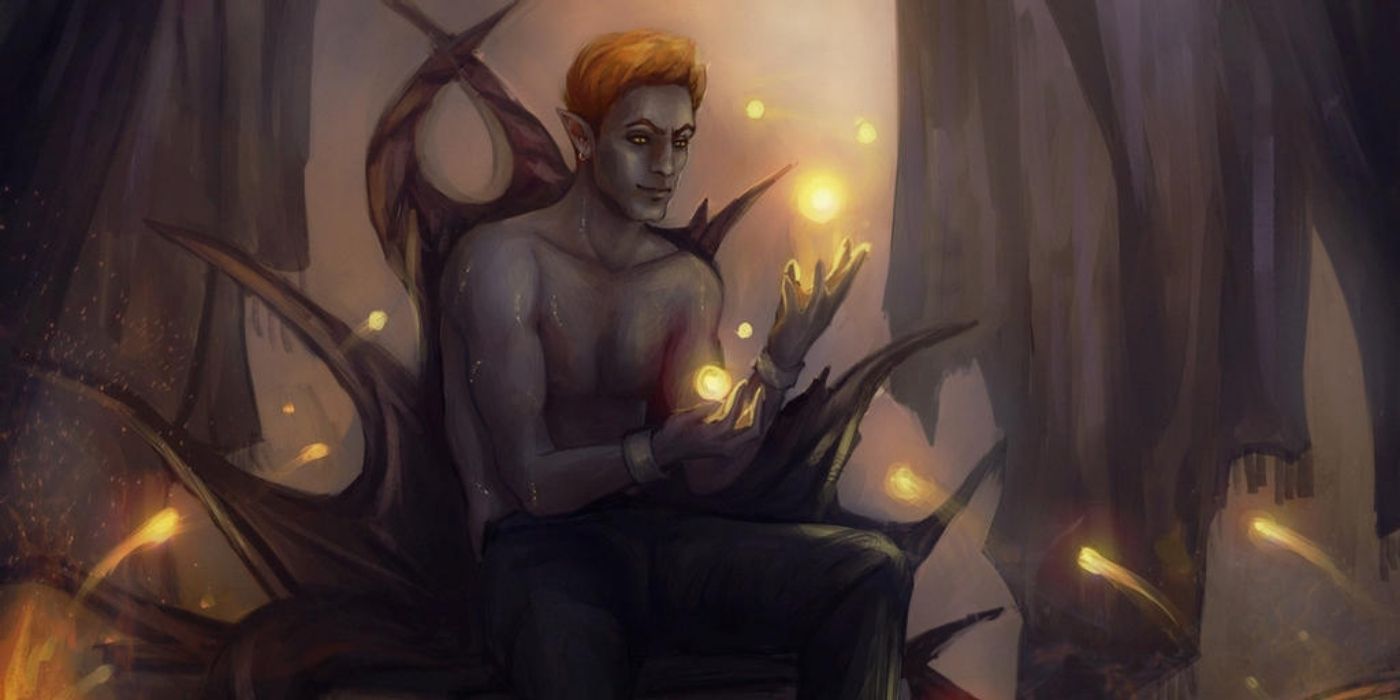
- Source: D&D Player's Handbook
- Role: Spellcasting
- Noted Features: Highly customizable, even compared to other subclasses.
- Special Abilities: Ride the Wind, an ability that is essentially a kind of flight.
As another caster monk subclass, the Way of the Four Elements is more flexible than the Way of the Sun Soul. It allows you to cast spells using ki points, with a new spell gained at 3rd, 6th, 11th, and 17th levels. However, while it seems very customizable, there are only a few good options at any given level.
The main problem with this class is that it doesn’t mesh well with the Monk base class abilities. Casting a spell means that you won’t be able to make any monk weapon attacks or Flurry of Blows that turn. Plus, these spells are such a drain on ki points that they compete with your regular monk abilities. Damage-wise, they just don't measure up.
Way of the Shadow
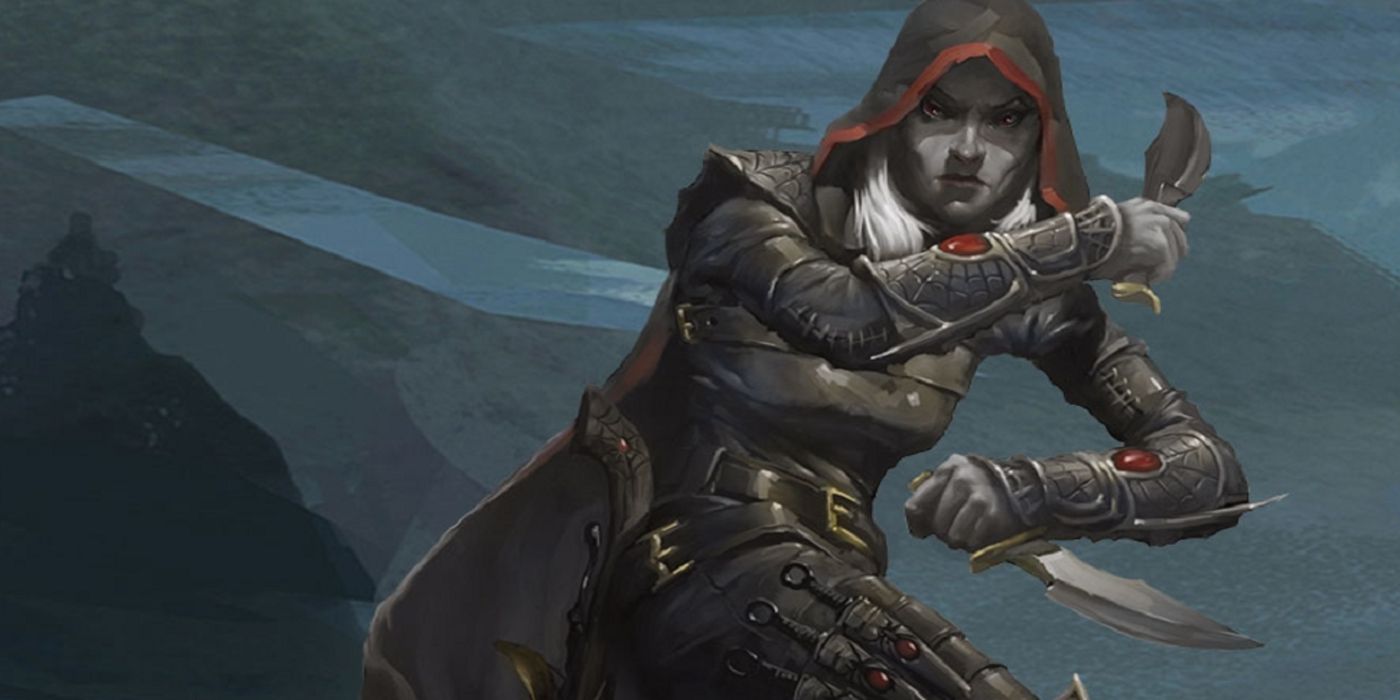
- Source: D&D Player's Handbook
- Role: Melee Damage
- Noted Features: Few of its features cost Ki points.
- Special Abilities: A selection of Sneak-enhancing spells.
This subclass is one of many that looks at a class that is definitely not a Rogue and tries to make it a Rogue anyway. Thus, The Way of the Shadow is usually recommended only for more experienced players. As far as these types of classes go, this one is not the best, partly because many of the abilities don’t work when it’s light out and partly because monks and rogues are fundamentally the opposite in combat. A monk gains nothing from attacking from the shadows since they get their damage from many low-damage attacks.
RELATED: Dungeons & Dragons: All 5 Official Bard Subclasses, Ranked
The fact that you get a variety of sneak-enhancing spells is good, but not better than you would get playing as an Arcane Trickster rogue. The ability to make a melee attack against a creature whenever someone else hits them is one of the better monk abilities, but not worth struggling until 17th level to get it.
Way of the Open Hand
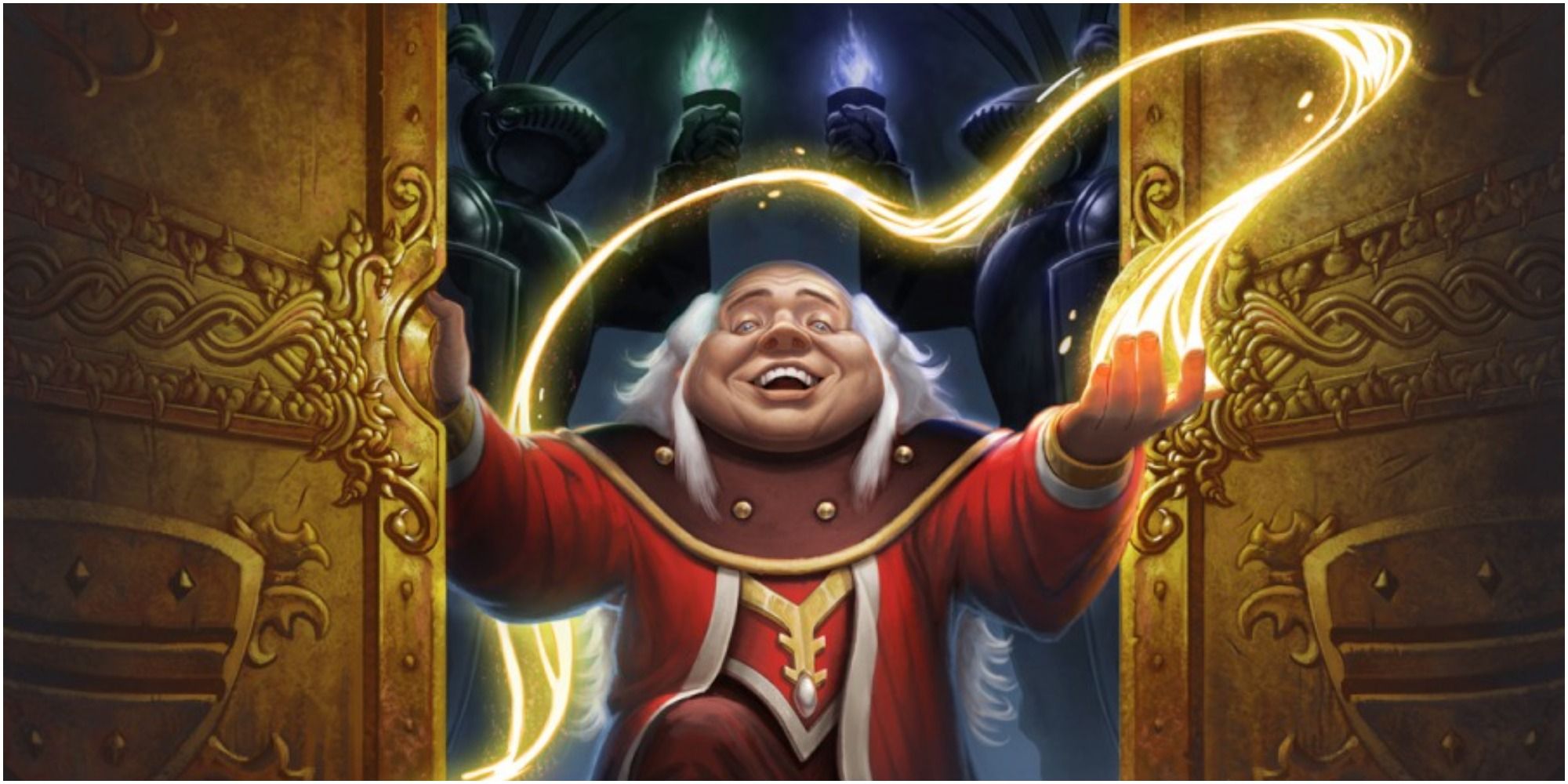
- Source: D&D Player's Handbook
- Role: Spellcasting
- Noted Features: Ideal for beginners and synchs up nicely with other Monk class abilities.
- Special Abilities: Wholeness of Body, a safe alternative to healing in combat.
The entire idea behind the design of the Way of the Open Hand can be described as “monk, but more.” If it’s your first time playing a monk, or if you looked at the basic monk class abilities and thought they were fine on their own, you might want to choose this subclass.
That being said, the vanilla flavor of this subclass means that it synergizes well with the rest of the monk class abilities. Your Flurry of Blows attacks can apply effects and conditions to enemies. The self-healing, while not the best use of an Action in combat, can be used to top off your hit points between fights. The Quivering Palm ability, while obviously extremely useful as a potential insta-kill in battle, can also be a great long-term tool, allowing you to kill someone weeks after meeting them from miles away.
Way of the Long Death
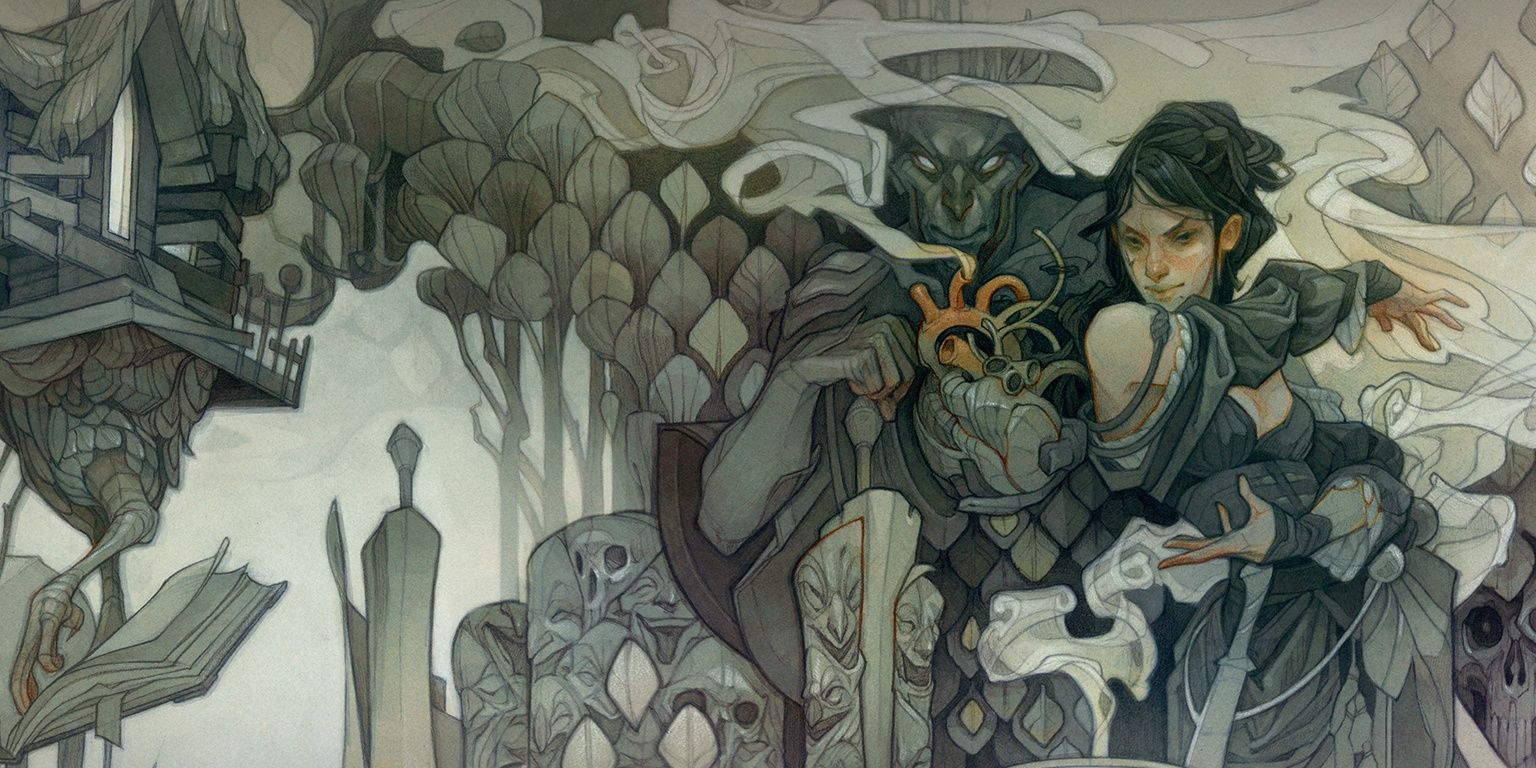
- Source: Sword Coast Adventurer's Guide
- Role: Melee Damage and Defense
- Noted Features: The "Tank" of the Monk subclasses.
- Special Abilities: Mastery of Death, in which your Ki can also function as hit points.
Monks are some of the squishier front-line fighters, and the Way of the Long Death helps you be a little tougher without sacrificing basic monk abilities. Gaining temporary hit points whenever you deal a final blow will make you more effective at defense, especially when fighting crowds, and being able to spend ki points to avoid dropping to 0 hit points will keep you on your feet and fighting. Applying the frightened condition as an area of effect is always useful as well.
RELATED: Dungeons & Dragons: All 9 Official Cleric Subclasses, Ranked
Your 17th level ability, Touch of the Long Death, can be used to deal a large amount of damage at once, but it’s an inefficient use of Ki points. Still, the rest of the class is solid, and Touch of the Long Death can be useful for boss battles.
Way of the Drunken Master
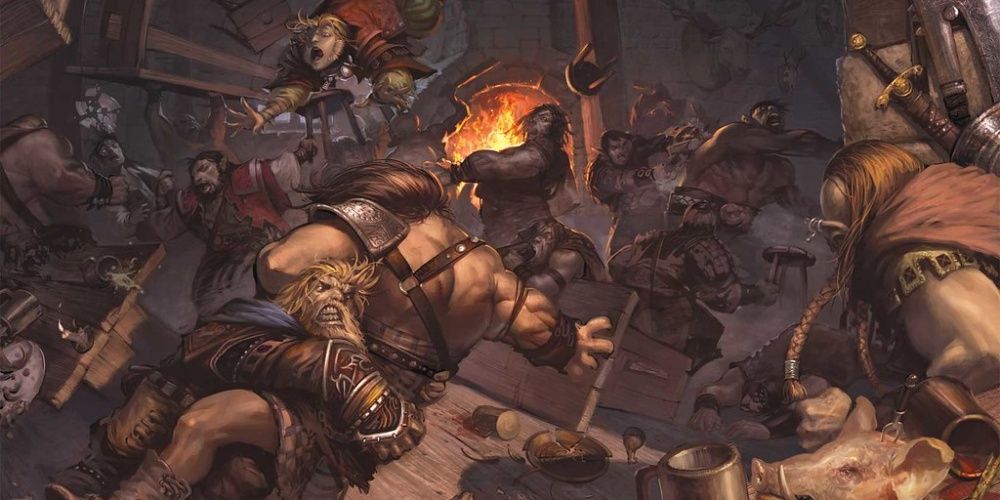
- Source: Xanathar's Guide to Everything
- Role: Melee Damage and Spellcasting
- Noted Features: Has nothing to do with actual drunkenness, but mimics some typical features.
- Special Abilities: Intoxicating Frenzy at 17th level.
Most Monk subclasses let you channel Bruce Lee but this one lets you be Jackie Chan. It lets you run around with the quick jerky movements of a drunkard, throwing your opponents off their game with bluster and speed.
Many of the subclass' abilities help you make hit and run attacks, from giving free disengage with every Flurry of Blows to reducing the amount of movement needed to stand up from prone. Others increase your ability to fight multiple enemies at once. Overall, this subclass works well, augmenting and improving your base monk abilities. Perhaps one of the best subclass abilities, however, is the ability to spend 2 ki points to eliminate Disadvantage, which can be deadly on a saving throw. A cheap way to get rid of it ties together an already great subclass.
NEXT: 10 D&D Games to Play If You Like Baldur's Gate

